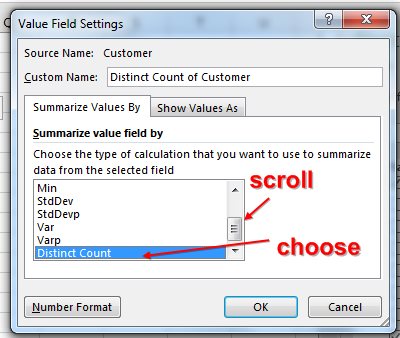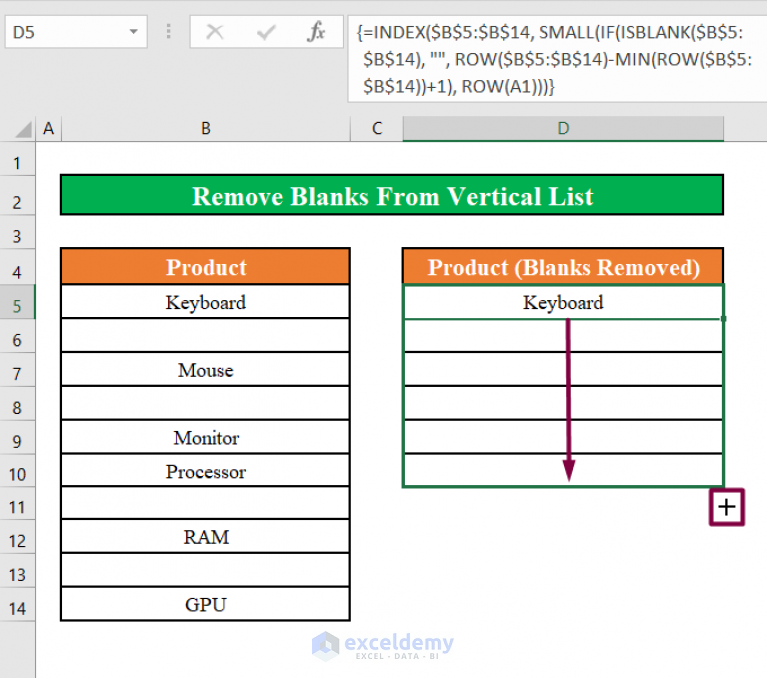Excel Pivot Table Count Unique

Introduction to Excel Pivot Tables

Excel Pivot Tables are a powerful tool used for data analysis and summarization. They allow users to rotate and aggregate data to view it from different perspectives, making it easier to understand and draw conclusions from large datasets. One common task when working with Pivot Tables is counting unique values in a dataset.
Understanding Unique Counts in Pivot Tables

Counting unique values in a Pivot Table can be a bit tricky because the traditional “Count” function in Pivot Tables counts the number of rows that contain a value, not the number of unique values. For example, if you have a list of customers and you want to know how many unique customers you have, using the “Count” function on the customer field would give you the total number of rows (i.e., the total number of orders), not the number of unique customers.
Methods to Count Unique Values

There are several methods to count unique values in Excel Pivot Tables, depending on the version of Excel you are using.
Using the “Distinct Count” Function

In Excel 2013 and later versions, Microsoft introduced the “Distinct Count” function, which can be used directly in Pivot Tables to count unique values. Here’s how to use it: - Create a Pivot Table from your data. - Drag the field you want to count uniquely to the “Values” area. - Right-click on the field in the “Values” area and select “Value Field Settings”. - In the “Value Field Settings” dialog, under “Summarize value field by”, select “Distinct Count”.
Using Power Pivot

For users with Excel 2010 or earlier, or for more complex data analysis, Power Pivot can be used. Power Pivot is an add-in that provides more advanced data modeling and analysis capabilities.
- First, you need to enable the Power Pivot add-in if it’s not already enabled.
- Then, create a Pivot Table from your data.
- Open the Power Pivot window and create a measure for distinct count using DAX (Data Analysis Expressions). The formula would look something like this: Distinct Count = DISTINCTCOUNT('Table'[Field]).
- After creating the measure, you can use it in your Pivot Table.
Using Helper Columns

Another method, applicable to all Excel versions, involves creating a helper column in your data that identifies unique occurrences of the value you’re interested in. This can be done using formulas like IF(COUNTIF(range, cell) = 1, 1, 0) and then using this helper column in your Pivot Table to count the unique values.
- Insert a new column next to your data.
- Use the formula =IF(COUNTIF(A:A, A2)=1,1,0) (assuming your data is in column A and you start from row 2) to mark unique occurrences.
- Copy the formula down for all your data.
- Create a Pivot Table and use the helper column to count unique values.
Example Use Case

Suppose you have an e-commerce dataset with customer names, order dates, and order amounts, and you want to know how many unique customers you have. - Without unique count: Dragging the customer field to the “Values” area and using the “Count” function would give you the total number of orders, not unique customers. - With unique count: Using the “Distinct Count” function or one of the other methods described, you can accurately determine the number of unique customers.
Benefits and Limitations

Counting unique values in Pivot Tables offers several benefits, including: - Accurate Analysis: It provides a more accurate analysis of your data by avoiding double-counting of the same values. - Simplified Decision Making: By understanding how many unique elements you have (e.g., customers, products), you can make more informed decisions. However, the method you choose might depend on your Excel version, data complexity, and personal preference. The “Distinct Count” function is straightforward but only available in newer Excel versions. Power Pivot offers more flexibility but requires more setup and learning. Helper columns are universally applicable but can clutter your dataset.
📝 Note: Always ensure your data is clean and properly formatted before attempting to count unique values, as inconsistencies can lead to inaccurate results.
Conclusion and Future Directions

Excel Pivot Tables are incredibly powerful for data analysis, and counting unique values is a crucial aspect of this analysis. By understanding the different methods available, from the “Distinct Count” function to using Power Pivot or helper columns, you can choose the best approach for your specific needs and version of Excel. As data analysis continues to evolve, mastering these techniques will become increasingly important for making informed, data-driven decisions.
What is the easiest way to count unique values in Excel Pivot Tables?

+
The easiest way, if available in your Excel version, is to use the “Distinct Count” function directly in the Pivot Table.
Can I count unique values in older versions of Excel?

+
Yes, you can use helper columns with formulas or utilize Power Pivot for more complex analysis in older versions of Excel.
Why is counting unique values important in data analysis?

+
Counting unique values provides a more accurate understanding of your dataset, helping you avoid overcounting and make more informed decisions based on distinct data points.

